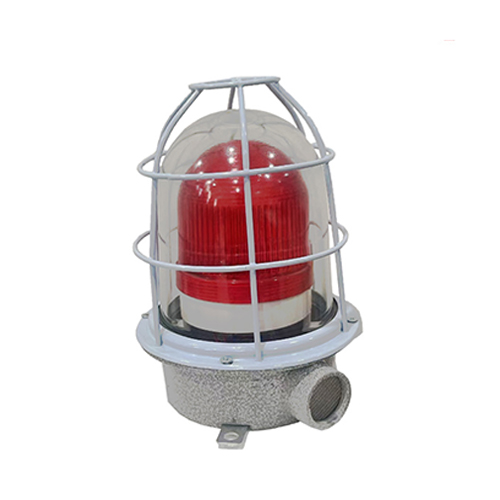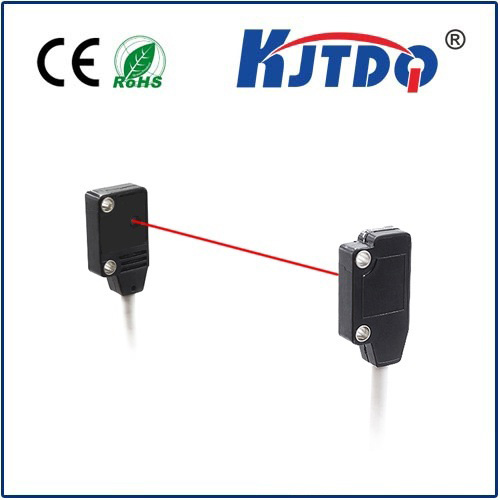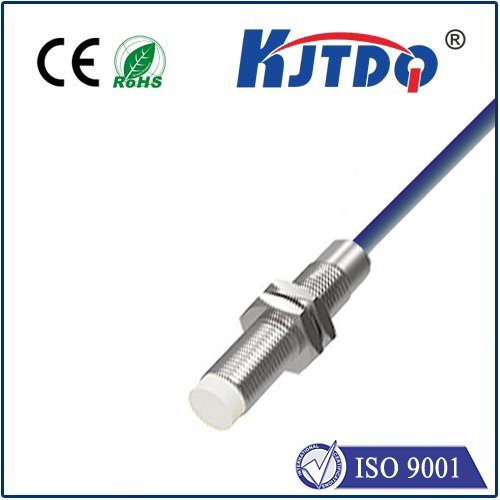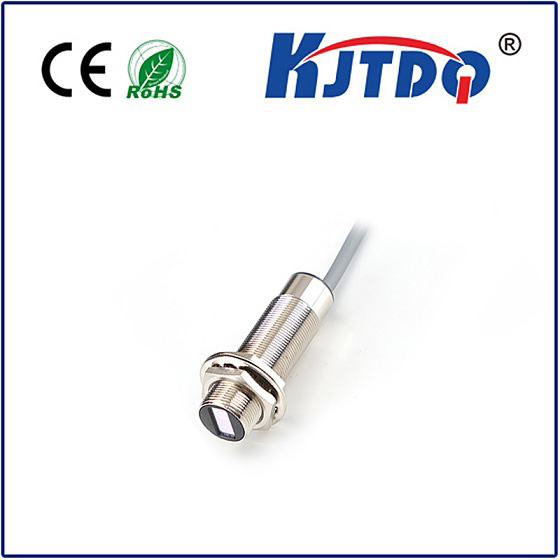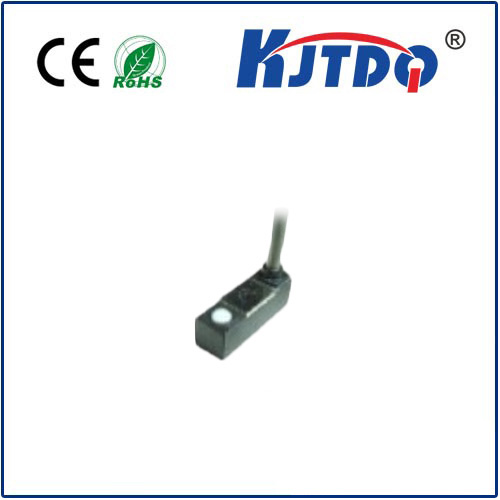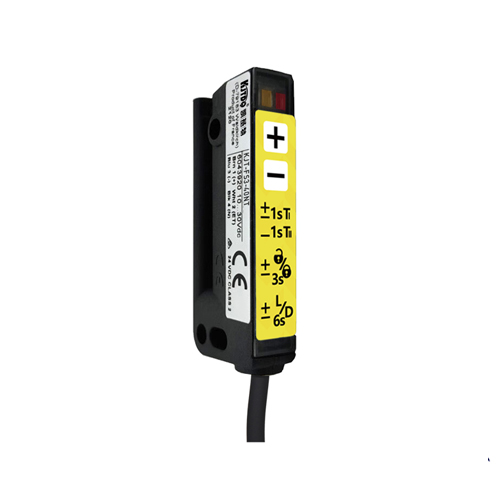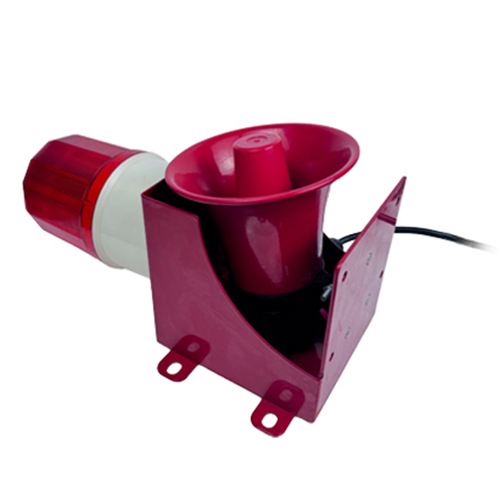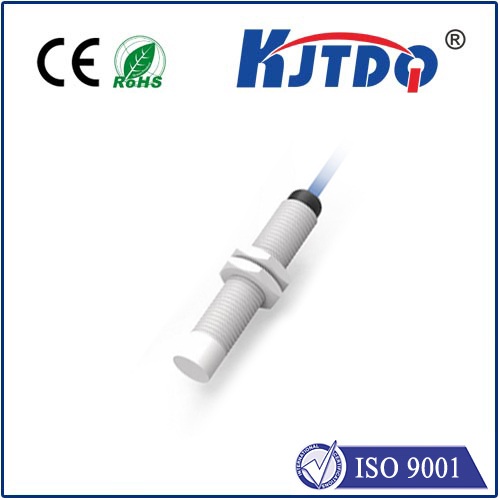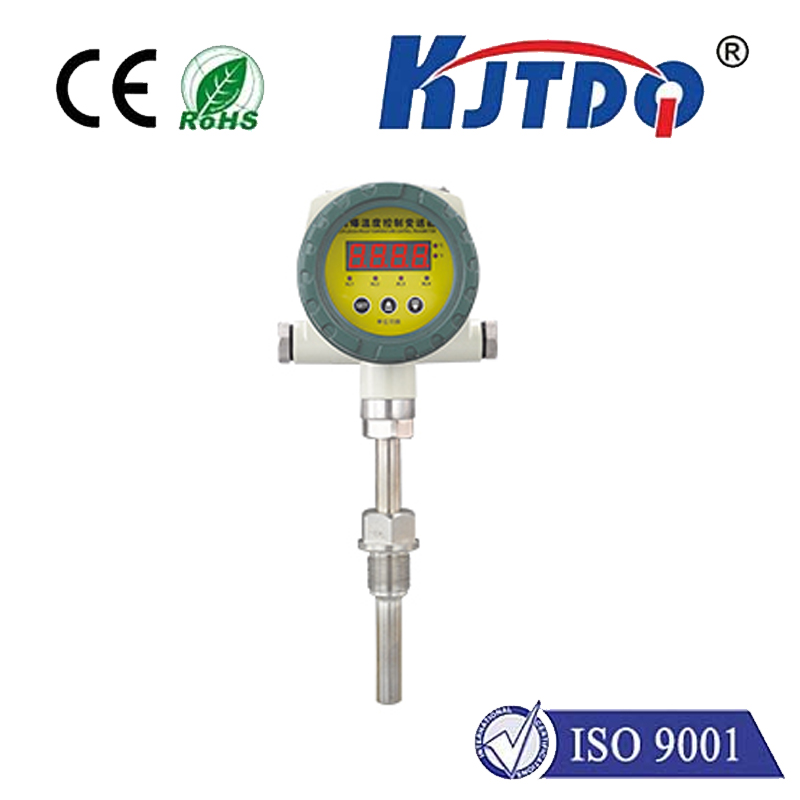proximity switch magnetic
- time:2025-06-16 17:08:47
- Click:0
Magnetic Proximity Switches: Your Guide to Contactless, Reliable Detection
Imagine a crucial machine component grinding to a halt because a worn-out mechanical switch failed to detect its position. Downtime, lost productivity, frustrated engineers – a scenario all too common before the advent of magnetic proximity switches. These ingenious devices revolutionized position sensing by offering contactless detection, eliminating wear and tear, and boosting reliability in countless industrial and automation applications. By understanding their unique magnetism-driven principle, engineers and designers unlock a world of durable, low-maintenance solutions for precise object sensing.
At its core, a magnetic proximity switch detects the presence or absence of a magnetic field, typically generated by a separate permanent magnet or a ferrous metal target that influences the switch’s internal magnetic circuit. Unlike mechanical switches relying on physical contact, this detection happens entirely without touching the target object. This fundamental difference is key to their exceptional reliability and longevity.
How Does Magnetic Proximity Sensing Work?

The magic lies in converting magnetic influence into an electrical signal. Here’s the breakdown:
- The Sensing Element: Inside the switch housing resides the critical sensing component. The two dominant technologies are:
- Reed Switches: Thin, ferromagnetic metal reeds sealed within a glass tube filled with inert gas. When a sufficiently strong external magnetic field enters the switch’s detectable range (the switching distance), the magnetic force causes the reeds to flex and touch each other, closing an electrical circuit.
- Solid-State Sensors (Hall Effect or Magnetoresistive): These semiconductor-based sensors detect changes in magnetic flux density. The Hall Effect principle generates a voltage proportional to the magnetic field strength perpendicular to the current flow. Magnetoresistive sensors change their electrical resistance in response to an applied magnetic field. Electronic circuitry within the switch interprets these changes and triggers the output state.
- The Target: This is the object whose position is being monitored. For reed switches, the target is almost always a permanent magnet. For solid-state switches, the target can be:
- A permanent magnet (offers the strongest and most reliable signal, longest sensing ranges).
- A ferrous metal object (like steel or iron). These materials concentrate the magnetic flux lines generated internally by the switch’s own magnet (often incorporated near the sensor), which the Hall or MR sensor then detects.
- Actuation and Signal Output: When the target enters the nominal sensing range (Sn) defined for the switch, the magnetic field interaction triggers the sensing element. The switch’s internal electronics then change the state of its electrical output. This is usually:
- Normally Open (NO): Output circuit closes (conducts) when a target is detected.
- Normally Closed (NC): Output circuit opens (stops conducting) when a target is detected. Modern switches often feature configurable PNP (sourcing) or NPN (sinking) transistor outputs compatible with Programmable Logic Controllers (PLCs) and other industrial control systems.
Reed vs. Solid-State: Choosing the Right Technology
| Feature |
Reed Switch Sensor |
Solid-State Sensor (Hall/MR) |
| Sensing Element |
Ferromagnetic reeds |
Semiconductor (Hall Effect / Magnetoresistive) |
| Primary Target |
Permanent magnet only |
Permanent magnet OR Ferrous metal |
| Mechanical Parts |
Moving reeds (low mass) |
None (fully solid-state) |
| Switching Speed |
Slower (ms range) |
Very fast (µs range) |
| Vibration Resistance |
Good |
Excellent |
| Shock Resistance |
Moderate (glass tube fragility) |
Excellent |
| Switching Distance |
Shorter (typically) |
Can achieve longer ranges (especially with mags) |
| Current Handling |
Can handle higher currents directly |
Lower current, requires external protection |
| Longevity |
High cycle count (billions), but finite |
Extremely high, limited only by semiconductors |
Where Magnetic Proximity Switches Shine: Key Applications
The robustness, contactless operation, and immunity to dirt, oil, and moisture make magnetic proximity sensors indispensable across numerous sectors:
- Factory Automation & Machinery: Position detection of cylinders (end-of-stroke detection), machine guards, robotic arms, assembly line parts, pallet stops, rotary indexing tables, and tool changers. Their ability to function in harsh industrial environments filled with particulates or coolants is a massive advantage.
- Material Handling: Monitoring position on conveyors, detecting the presence of carts or carriers, controlling gates, and ensuring correct positioning in automated warehouses.
- Automotive Manufacturing: Used extensively in robotic welding lines, paint shops (where non-contact is vital), assembly stations, and testing equipment.
- Mobile Machinery (Agricultural, Construction, Forestry): Detecting bucket/boom position, monitoring hydraulic cylinder strokes, sensing gear selection, and ensuring safety interlocks on doors or covers - often exposed to dust, vibration, and weather.
- Elevators & Escalators: Sensing floor position, door open/closed status, and safety zone monitoring.
- Safety Systems: Used within safety interlock switches on guards and doors to verify their closed position reliably before machinery can operate.
- Off-Highway Vehicles: Position sensing for transmissions, actuators, and implement controls.
- White Goods: Detecting door closure in washing machines, dryers, and dishwashers.
Why Choose a Magnetic Proximity Sensor? The Compelling Benefits
- Extreme Reliability & Long Service Life: No moving parts to wear out (especially solid-state types) and no contacts to burn or pit means vastly reduced maintenance and downtime. They operate under the principle of zero mechanical wear during normal sensing.
- Contactless Operation: The defining feature. Eliminates the physical impact and friction inherent in mechanical switches, preventing damage to both the sensor and the target.
- Durability in Harsh Environments: Sealed housings (IP67, IP69K common) protect against dust, dirt, splashing water, oils, and coolants. Functionality remains unaffected by contaminant buildup on the sensing face (unlike optical sensors).
- High Switching Frequencies: Solid-state sensors, in particular, offer incredibly fast response times, suitable for high-speed applications.
- Vibration and Shock Resistance: Solid-state sensors are exceptionally resilient. Reed switches, while robust, are less tolerant of severe shock due to their glass enclosure.
- Simple Installation & Operation: Typically require only power, ground, and a load connection. No complex programming needed for basic presence detection.
- Cost-Effectiveness: Over their extended lifespan, the reduction in maintenance and downtime often makes them highly economical despite a potentially higher initial cost than basic mechanical switches.
- Insensitivity to Surface Conditions: Unlike capacitive sensors, the material color, transparency, or surface finish of non-ferrous targets (when using a magnet) has no effect on detection.
Selecting the optimal magnetic proximity switch involves carefully considering the operating environment (temperature, chemicals, potential for washdown






